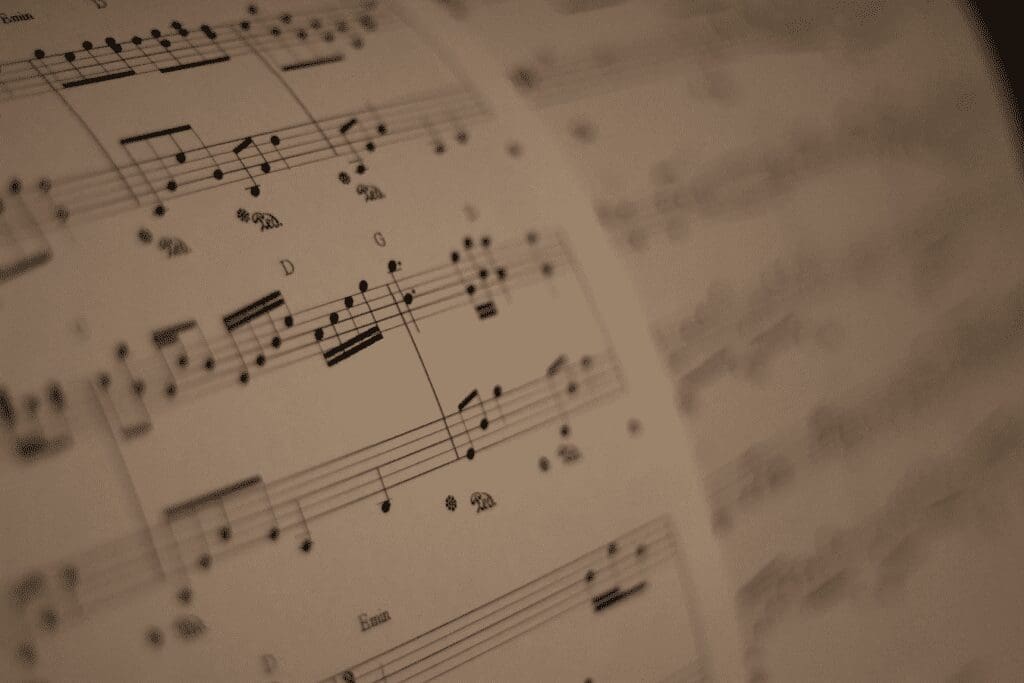Music Theory – Spruce up Your Sound with These Tips


Sheet Music. Source: Unsplash
Producing for quite a time, you might find some of your music trite or unexciting. You get tired with the same chord progressions and melodic choices you hear so much on the radio. Break free from this cycle by checking in to your music theory. It is considered the backbone of music, after all.
Some electronic music producers find this task intimidating – uncharted waters even. But the most basic understanding of music theory will have a tremendous effect on your songs. You have more tricks to pull out of your hat and play around with. You can start by picking up a music theory book. Or, push yourself more and get a degree. But for starters, here are some simple music theory tips you can apply to your electronic music.
- Understanding Major and Minor Scales. You might have used either a major or a minor scale to evoke a certain feeling in your sound. Major scales typically sound light and optimistic, putting more emphasis on major chords. Minor scales, on the other hand, have that darker and somber style. Many current mainstream hits use this scale. The stylistic difference between the two scales is attributed to their third notes.
- Octave doubling. If you want your harmonies to sound more intricate and lush, doubling octaves is a way to go. It is akin to having different instruments in a band or orchestras play the same melodies in varying registers. To do this, double some notes either an octave up or down. The root note and the fifth interval identify a chord, so these are ideal notes to double.
- Motif. Want to make your song catchier? Incorporate a motif into it. It is a part of your melody that’s easily recognizable and usually repeated throughout a song. This will be the first thing your listeners will latch on to, humming back to themselves. To create a compelling motif, it should have a distinct style and rhythmic character. Then, your melodic intervals or note changes should be convincing enough, depending on the emotion you want to convey.
- Inversions. One of the easiest to spruce up your chord progressions is by using inversion. All you have to do is take any one note in your chord and play it in a higher or lower octave. For instance, a C Major chord consists of the notes C, E, G, respectively. This is called the root position. When you shift the note C up an octave, you play it as E, G, C. Now, this is your first inversion. Your inversions are dependent on the number of notes in your chords. So for example, third inversions are only applicable to chords with four or more notes.
- Suspended Chords. If you want to build up tension in your progression, using suspended chords before a resolving standard chord can do the trick. Your major or minor third is shifted up to a perfect fourth creating Sus4 or down to a minor second to form Sus2. For instance, A Minor is played as A, C, E. Its Sus4 counterpart is A, D, E while Sus2 is A, B, E.
- Polychords. Another to make your chords sound more intricate is by layering major and minor chords together. These are called polychords. A good example is C major 9 or Cmaj9, which combines C Major, C, E, G, with G major, G, B, D.
Since you’re here …
… we have a small favour to ask. More people are reading Side-Line Magazine than ever but advertising revenues across the media are falling fast. Unlike many news organisations, we haven’t put up a paywall – we want to keep our journalism as open as we can - and we refuse to add annoying advertising. So you can see why we need to ask for your help.
Side-Line’s independent journalism takes a lot of time, money and hard work to produce. But we do it because we want to push the artists we like and who are equally fighting to survive.
If everyone who reads our reporting, who likes it, helps fund it, our future would be much more secure. For as little as 5 US$, you can support Side-Line Magazine – and it only takes a minute. Thank you.
The donations are safely powered by Paypal.










